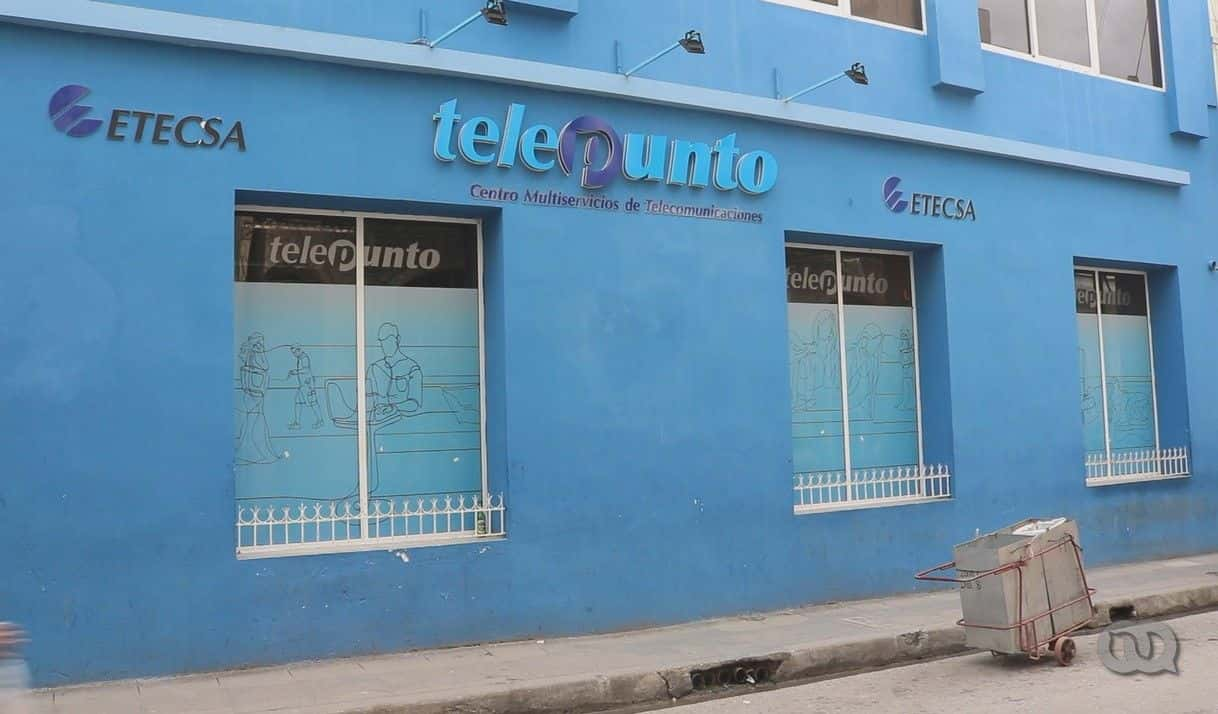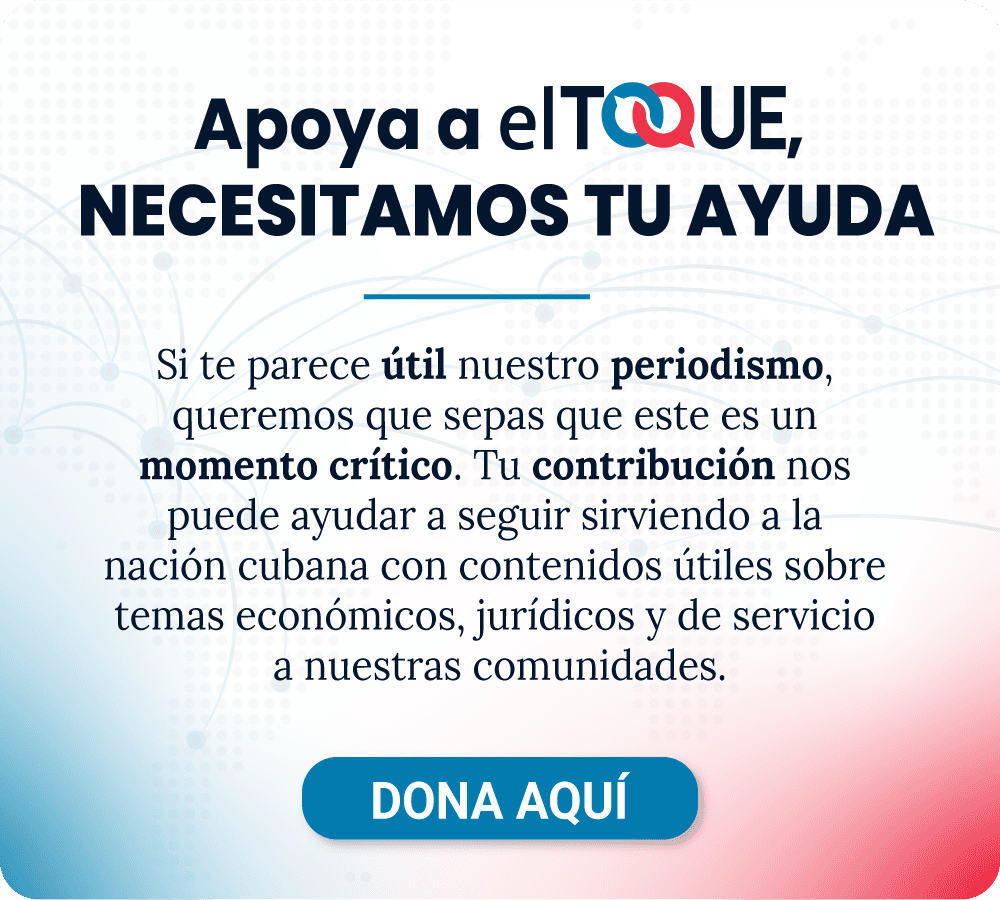The Hidden Millions of Cuba’s ETECSA Telecommunications Co.

Photo: Kyn Torres
“The situation is extremely critical,” said Tania Velázquez, president of Cuba’s telecommunications monopoly, Etecsa, in a televised interview aimed at justifying the recent increase in internet prices in Cuba. The main arguments are a lack of foreign currency and high debt. There’s no room for development, she claims, they are merely struggling to maintain current services.
But the government narrative falls apart when independent figures are brought into focus. While the company declares a crisis, a significant portion of its foreign currency income continues to flow into the pockets of Cuba’s military structures, with no accountability or transparency.
For more than a decade, Cubans in exile have borne much of the cost of telecommunications services on the island through international mobile top-ups. But where does that money go?
Documents obtained by the Miami Herald reveal that RAFIN S.A., a company controlled by the military and a shareholder in Etecsa, held more than $407 million in cash as of August 2024. RAFIN has had a key stake in Etecsa since 2011, when it purchased 27% of the company’s shares from Telecom Italia for $706 million. Added to that was the 6.15% stake held at the time by the Banco Financiero Internacional (also part of the GAESA military conglomerate), with the remainder in the hands of state entities. The exact structure of Etecsa is unknown due to the opacity of the government apparatus.
In other words, the telecommunications monopoly is, to a large extent, a source of foreign revenue for the island’s military apparatus, which operates beyond public scrutiny. According to Cuban government officials, the military conglomerate cannot be audited by state institutions.
According to an anonymous source cited by the Herald, RAFIN serves as the financier for some GAESA projects, despite not operating as a formal bank. It functions as a kind of vault from which liquidity can be drawn when needed.
The company was created as a private corporation in 1997, and in that same year, it received a license from the Central Bank of Cuba to engage in financial activity in the country indefinitely.
The cash flow generated by mobile top-ups, fueled by both emigrants and users within Cuba, contributes to sustaining state structures. However, this dynamic does not always translate into significant improvements in service. Connectivity, rather than being fully embraced as a right, continues to be a high-cost service for many.
But what could Etecsa do with US $400 million—the amount RAFIN had? It could install around 4,000 new radio base stations, assuming a basic installation cost of approximately $100,000 each, or provide thorough maintenance to existing ones.
It could install nearly six new submarine cables, significantly improving connection quality. This estimate is based on figures published by state media regarding the cost of the Alba-1 fiber-optic cable link.
It could also fund an entire year of investments to modernize the telecommunications infrastructure. Economists Juan Triana and Laura Galeano published a study in 2020 that analyzed the investment needed to close the gap in mobile phone, broadband, and internet subscribers between Cuba and developed and developing countries. According to their estimates, an annual investment of $320 million would be required from 2017 to 2030. And there would still be money left over.
From 2005 to 2019, the Cuban regime earned over $21 billion from the export of telecommunications services. On May 31, 2025, Tania Velázquez, president of Etecsa, stated that the company does not decide where some of its revenue is spent, as it is reinvested in other sectors. This may be one of the reasons behind the undercapitalization of the telecommunications monopoly, despite its multi-million-dollar income.
This article was translated into English from the original in Spanish.









Comments
We moderate comments on this site. If you want to know more details, read our Privacy Policy
Your email address will not be published. Mandatory fields are marked with *